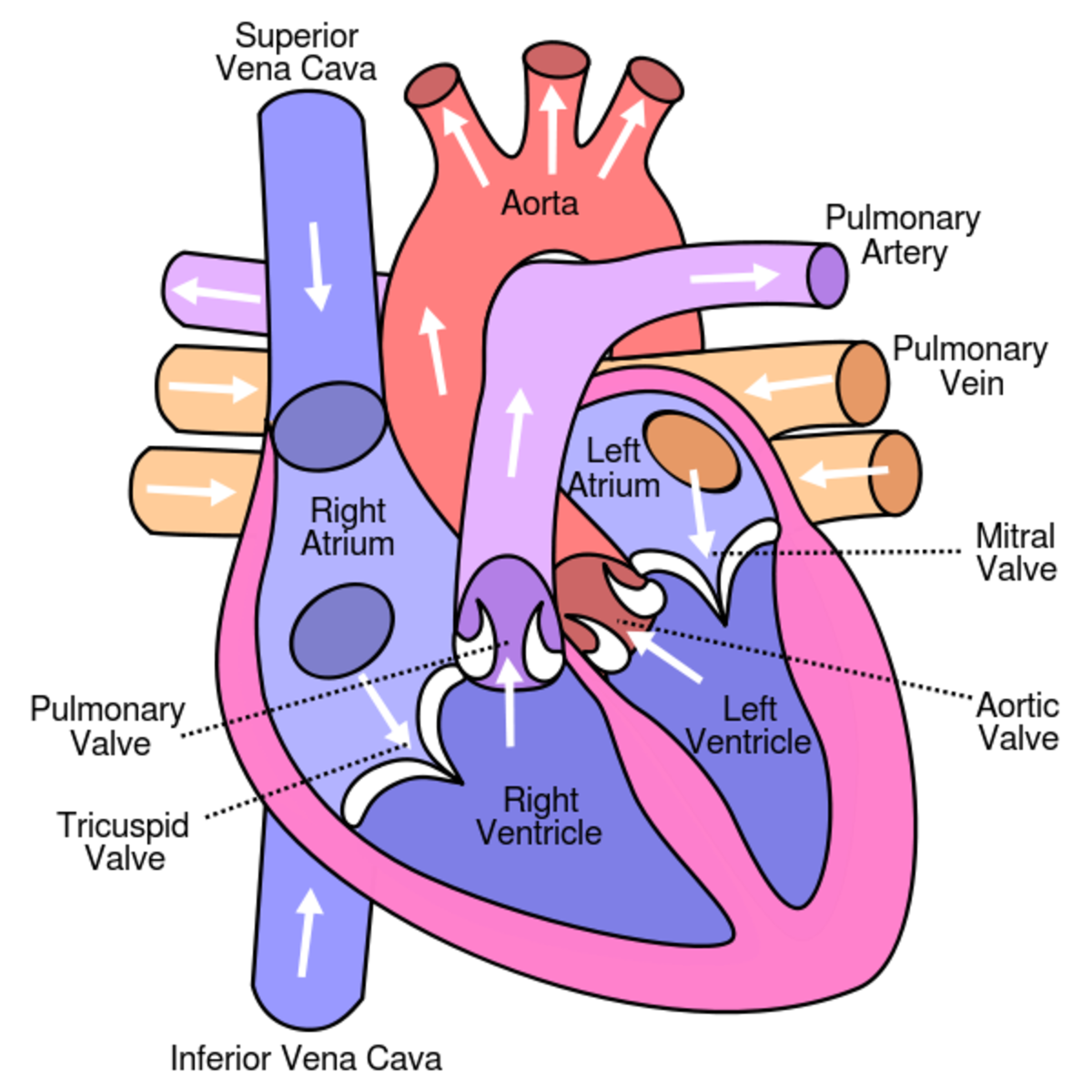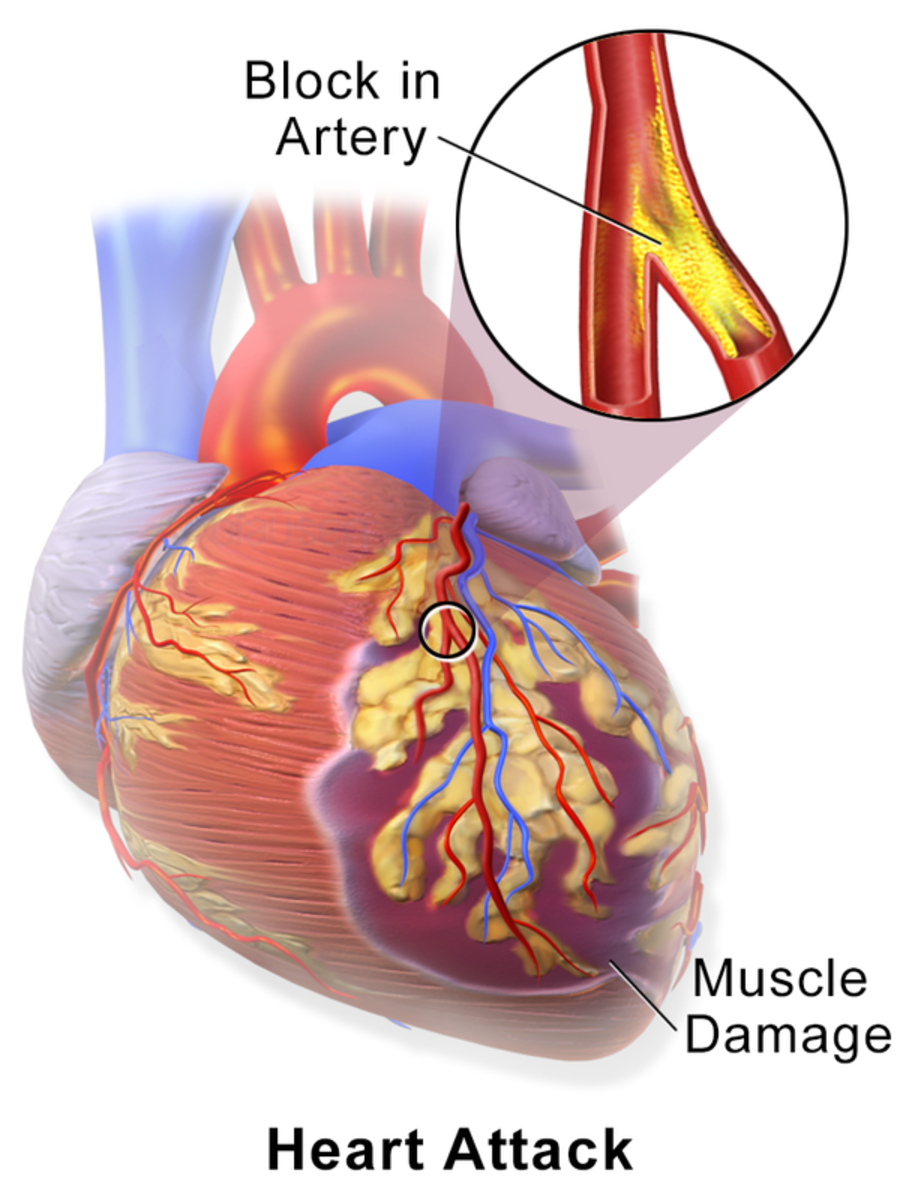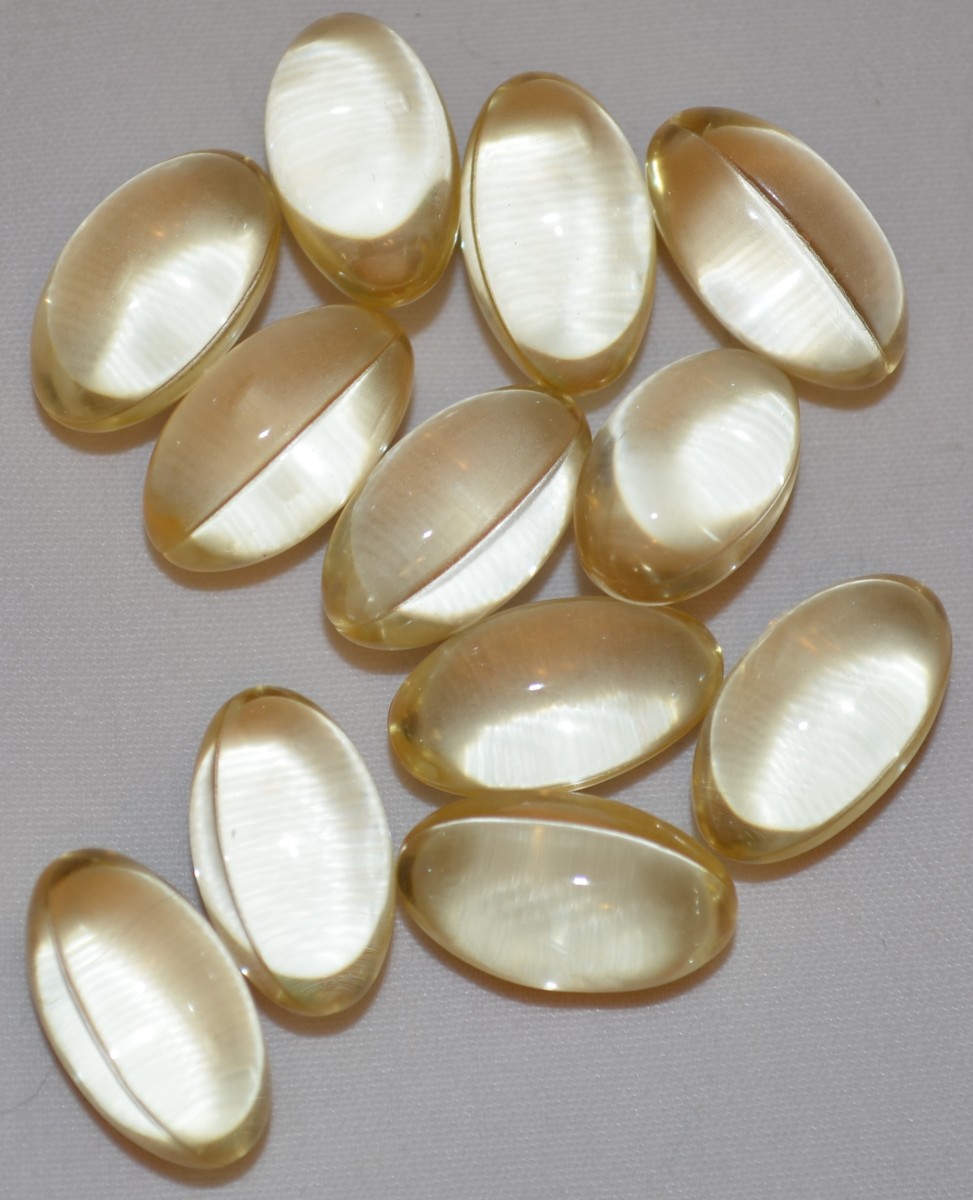How Sparks of Marconi's Wireless Gadgets Created Ozone that Caused his Heart Attacks
Marconi's electrical devices created free radicals that caused his heart attacks and death
Guglielmo Marconi was born to a wealthy family in 1874 in Bologna, Italy. His father was an Italian; his mother was an Irish.
The only subject he liked in school was science. His father wanted him to enroll at the Naval Academy. When he could not make it, he entered the Leghorn Technical Institute, which was given to science.
Electricity was his favorite and he imitated Benjamin Franklin who invented the lightning rod and who showed in 1752 that lightning is a form of electricity. Marconi was lucky because near Bologna University also lived Professor Augusto Right, a scientist specialized in electricity, who allowed Marconi to use the university library and his laboratory.
However, Right discouraged him in his plan to transmit radio waves over long distances. Heinrich Hertz, a German scientist, had proven that radio waves exist; their presence was predicted two decades earlier by James Clerck Maxwell, a British physicist. Maxwell’s hypothesis was based on the germinal work of Michael Faraday, a British chemist and physicist, on electricity.
Marconi improved upon the devices (transmitters and receivers) of Hertz, Right and the coherer invented by Edouard Branley, a French scientist.
Electrical sparks
“In Marconi’s experiments, his radio transmitter consisted of an electrical device that could produce sparks. The sparks generated burst of radio waves that were reflected by a curved metal plate to the receiver a few yards away...The radio waves caused iron fillings in the coherer to stick together (or ‘cohere’) and conduct electricity from a battery....” (Goldsmith, M. 2003. Guglielmo Marconi, page 11). He improved the coherer by “adding plates to the spark-producer.”
In 1896, Marconi had reached the limits of his resources in Italy in terms of financial and technological support. His mother, Annie, made arrangements with her nephew, Henry Jameson-Davis, who was an engineer in London. Henry had friends in the British Telegraph system. London was receptive to Marconi’s wireless. In London, Marconi set up his business to commercialize his invention.
“I am uncertain as to the final results of my system. My discovery was not the result of long hours of logical thought, but of experiments with machines invented by other men to which I applied certain improvements” said Marconi in 1897.
Marconi was awarded the Nobel Prize in 1909 which was shared with Karl F. Braun.
Intercontinental ballistic missiles, satellite communication, cell phones and the internet are beneficiaries of Marconi’s pioneering work.
Devices create ozone
The electrical sparks of Marconi’s devices created ozone. The ordinary air that we breathe has 21 percent molecular oxygen (two atoms of oxygen joined together). Three molecules of molecular oxygen when energized by electricity convert to two molecules of ozone (Encyclopedia Britannica 2009). Ozone is a free radical with free unpaired electrons. Usually electrons are in pairs in their orbital around the nucleus, in the case of an atom, or around the whole molecule. An unpaired electron is unstable. In a biological system, like the human body, the unpaired electron seeks for stability. To attain stability, an unpaired electron grabs another electron from another molecule, which belongs to a tissue or organ. The latter, having been grabbed of a lot of electrons sustain injuries in the cell membrane, or plasma, or chromosome which results in mutation. That mutation shows in the body as tumor or cancer.
Inhaled ozones were a tremendous addition to Marconi’s load of free radicals in his body that was already producing free radicals (superoxides) as by-products of glucose metabolism. Free radicals could have injured one cell in the inside wall of at least one artery of the heart of Marconi. That injury could have turned into a benign tumor called atheroma.
Atheroma gathers collagen, elastin, bad cholesterol, fibrin, and other debris. Later on calcium apatite joins in as a cementing agent; the depositions grow into a mound.
Heart attack
The occlusion could have lessened blood flow in his heart artery that threatened Marconi with heart attack. There is no report or suggestion that Marconi had a hereditary hypertension or heart disease.
“In 1927, Marconi had a heart attack and didn’t fully recover until 1930. Following an exhausting world tour, he had a more severe attack in Venice in 1934….” (Goldsmith, page 41).
Being a renown Italian, Marconi was commissioned by Mussolini to negotiate in his behalf. “Marconi undertook strenuous diplomatic mission in support of the Italian cause and had another heart attack the following year….” (same source as above).
Italy belonged in the Axis powers in World War II. However, Marconi had contributed to the cause of the Allies as well by pioneering in radar that the Allies used in the war effort.
Perhaps if he knew that sparks of his devices created ozone, that ozone is a free radical, that free radicals cause injury like tumor in the inside wall of heart artery resulting in atherosclerosis, he might have protected himself from ozone. Unfortunately, it was only in 1962 that Dr. Denham Harman, MD made an interpretation that free radicals cause diseases, a breakthrough in medicine.
Guglielmo Marconi died of heart attack in Rome on July 20,1937. He was only 63 years old.










